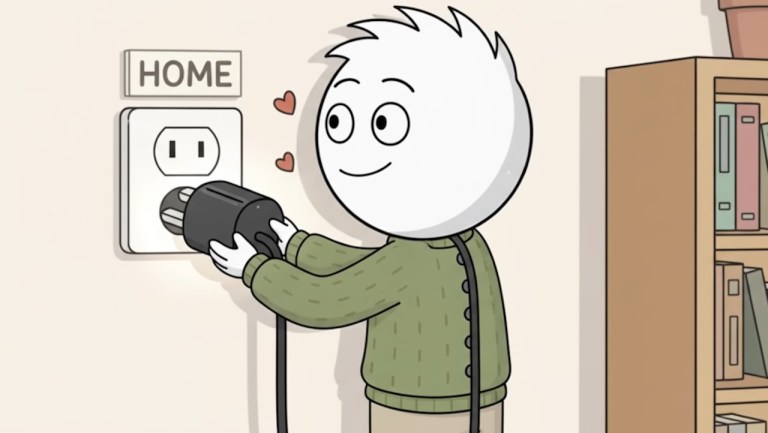How the German Language Uses Compound Words to Efficiently Describe Emotional States
The School of Life very insightfully explains the wonderful way in which the German language uses the efficiency of compound words to accurately explain emotional situations and reactions. The point is reinforced with such examples as “Schadenfreude” (“Happy-harm”) – joy in another’s suffering, “Schnappsidee” (“Schnapps-idea”) – a great idea had when drunk that doesn’t hold up when sober, and Kummerspeck (“Sorrow-Fat”) – eating because of sadness.
We’re hugely dependent on language to help us express what we really think and feel. But some languages are better than others at crisply naming important sensations. Germans have been geniuses at inventing long – or what get called ‘compound’ – words that elegantly put a finger on emotions that we all know, but that other languages require whole clumsy sentences or paragraphs to express.






